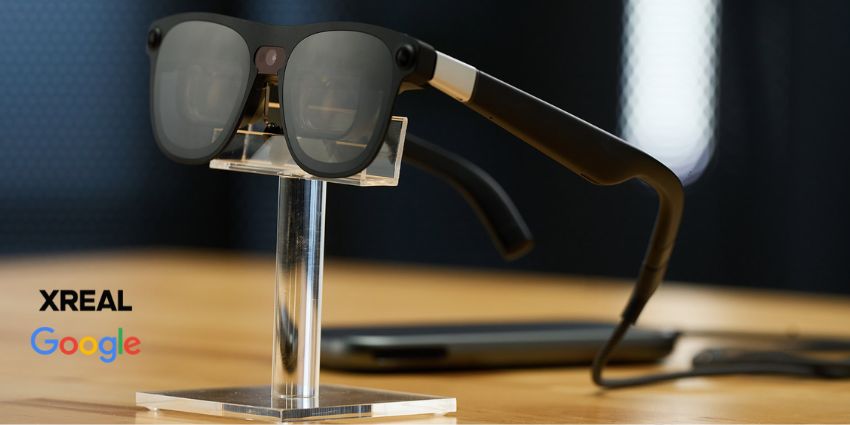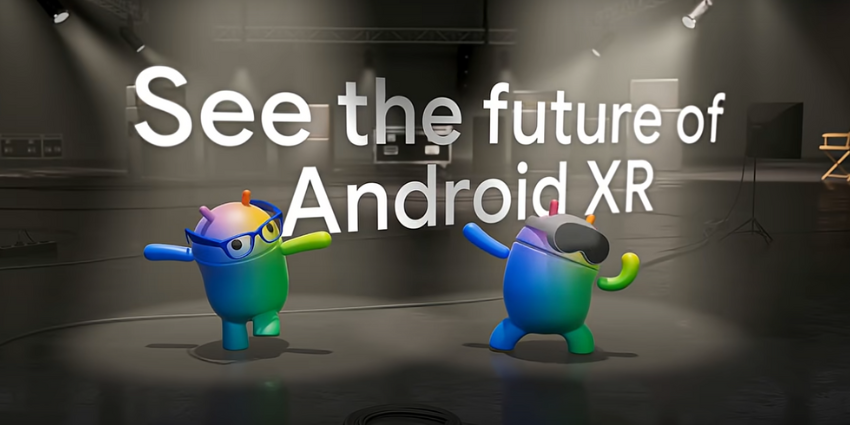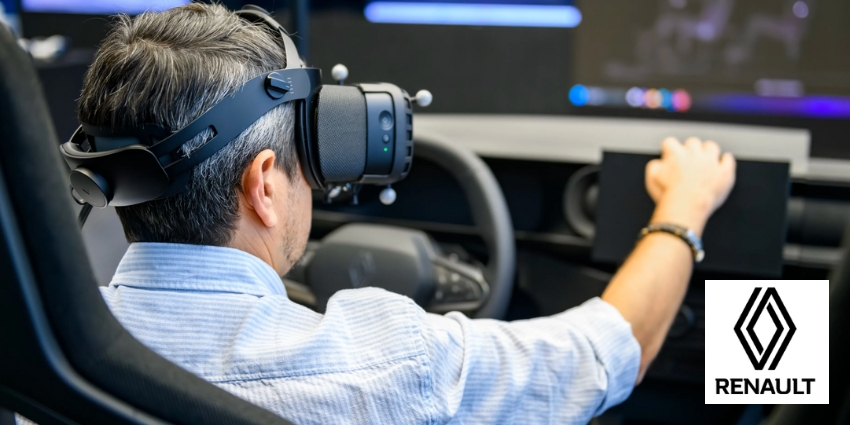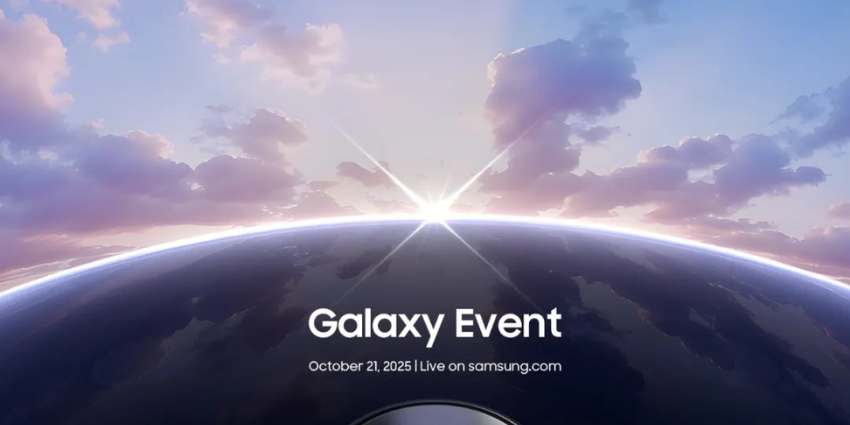Employee onboarding has long been a weak link in the workplace experience. Paper-heavy inductions and rushed first days can leave new hires overwhelmed and disengaged. Now, companies are turning to XR-powered onboarding – from virtual tours and roleplay simulations to AI-driven AR assistants – to give employees a better first day and a stronger start.
XR tools are stepping in where traditional methods fall short. Instead of walking into an unfamiliar office, employees can explore a digital twin of their workplace in VR or AR before day one. Immersive simulations let them practice real-world interactions safely. Meanwhile, AI assistants and analytics turn onboarding into an ongoing process rather than a single event.
As Sophia Moshasha, of the VR AR Association and The World Bank, explained to me:
“XR can transform the first-day experience by removing the pressure of walking into a brand-new workplace full of unfamiliar faces. In an immersive environment, new hires can explore at their own pace, make mistakes without embarrassment, and get comfortable with their role before diving into live interactions.”
She then elaborated:
“Integrated tools like AI-driven assessments and structured learning pathways allow HR teams to automate repetitive training, freeing them to focus on higher-value tasks. Plus, let’s be honest, it’s just a really cool way to make a first impression. If the goal is to welcome new employees and set the tone for an innovative, engaging workplace, XR is one of the best ways to do it.”
What It Means for HR and L&D
For HR teams, XR onboarding offers scale and consistency. A digital training environment can deliver the same high-quality experience to every new hire – whether they’re remote, hybrid, or onsite.
I spoke to Arome Ibrahim, Program Director at Immersive Tech Africa, who pointed out:
“Beyond onboarding, XR creates a continuous feedback loop that traditional methods simply can’t match. Employees can revisit training modules, practice difficult procedures, and receive real-time performance analytics that help managers identify support needs before they become performance issues. It’s not just about a better first day – it’s about building a foundation for ongoing professional development.”
This moves onboarding away from a one-off orientation toward a model of continuous professional development.
Human Digital Twins and Personalised Onboarding
There’s also an emerging discussion about personal digital twins – AI-driven assistants that learn how employees work.
In a quick discussion with Jay Latta, The Fusionists, he noted:
“Yes, if done right with a Human Digital Twin that belongs to the user and not the company.”
This model could allow employees to carry personalised workflows, skills, and knowledge with them across roles or organisations. It’s an approach that would put real control in the hands of workers while giving companies a smarter way to train and retain talent.
Real-World Use
Companies adopting XR for onboarding often start with VR workplace tours or AR-guided setup experiences – helping remote hires feel included before they even arrive. Others use simulated customer interactions to train frontline staff in safe, repeatable ways. Integrated platforms now allow HR to track progress, automate repetitive training, and free managers to focus on human connection.
Looking Ahead
The future of onboarding may be less about paperwork and more about personalised immersive journeys. If XR can make the first day less intimidating and more engaging, it could become a powerful lever for employee retention and culture.
If one company can bring the office tour to your headset, what’s stopping others from making XR onboarding the default way we start every job?
Want more insight on XR’s biggest innovations?
Join the XR Today LinkedIn group (2,000+ members strong), and subscribe to our newsletter for the weekly XR rundown.







